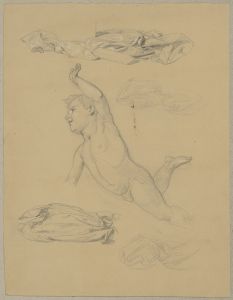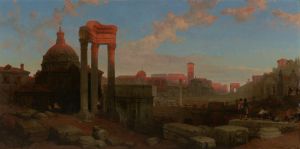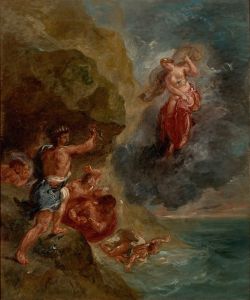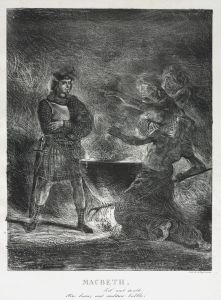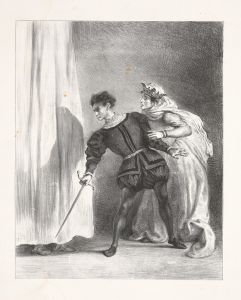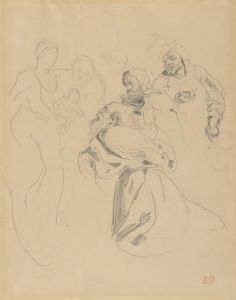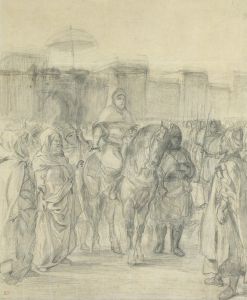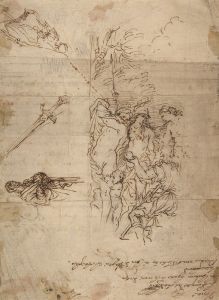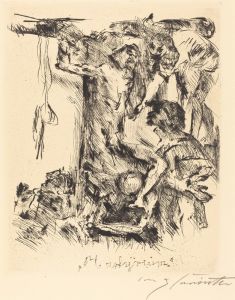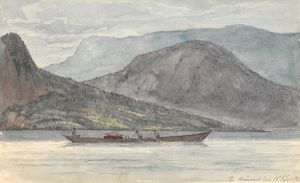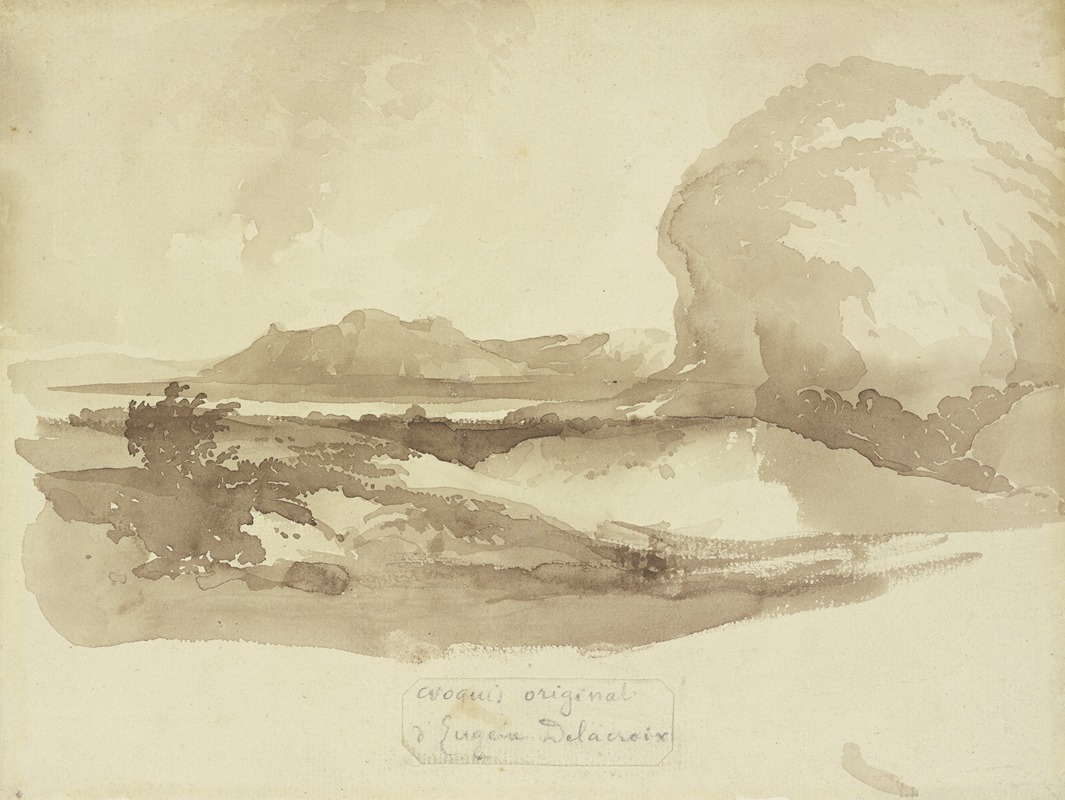
Landscape
A hand-painted replica of Eugène Delacroix’s masterpiece Landscape, meticulously crafted by professional artists to capture the true essence of the original. Each piece is created with museum-quality canvas and rare mineral pigments, carefully painted by experienced artists with delicate brushstrokes and rich, layered colors to perfectly recreate the texture of the original artwork. Unlike machine-printed reproductions, this hand-painted version brings the painting to life, infused with the artist’s emotions and skill in every stroke. Whether for personal collection or home decoration, it instantly elevates the artistic atmosphere of any space.
Eugène Delacroix, a prominent French Romantic artist, is renowned for his expressive brushwork and vibrant use of color. While Delacroix is best known for his dramatic historical and literary scenes, he also produced a number of landscape paintings throughout his career. However, specific information about a painting titled "Landscape" by Eugène Delacroix is not readily available in major art historical records or collections. It is possible that the painting in question is either a lesser-known work or an alternate title for a more recognized piece.
Delacroix's landscapes, in general, reflect his interest in capturing the essence of nature through dynamic compositions and emotive color palettes. His approach to landscape painting was influenced by his travels and the natural environments he encountered, particularly during his journey to North Africa in 1832. This experience had a profound impact on his artistic style, introducing him to new light conditions and vibrant colors that would permeate his work.
In his landscapes, Delacroix often employed loose, energetic brushstrokes, a technique that allowed him to convey the movement and vitality of the natural world. This approach was in line with the Romantic movement's emphasis on emotion and individual perception, setting his work apart from the more precise and detailed landscapes of the Neoclassical tradition.
Delacroix's landscapes also reveal his admiration for earlier masters such as Peter Paul Rubens and the Venetian Renaissance painters, whose works were characterized by their rich color and dynamic compositions. Additionally, Delacroix's landscapes can be seen as precursors to the Impressionist movement, which would emerge in the latter half of the 19th century. His focus on capturing the transient effects of light and atmosphere resonated with the Impressionists' own artistic goals.
Despite the lack of specific information about a painting titled "Landscape" by Delacroix, his contributions to landscape painting are significant. His works in this genre demonstrate his ability to infuse scenes of nature with the same emotional intensity and dramatic flair that characterize his more famous historical and literary paintings. Delacroix's landscapes, though perhaps less celebrated than his other works, remain an important aspect of his artistic legacy, showcasing his versatility and innovative spirit.
For those interested in exploring Delacroix's landscapes, it is recommended to examine his sketches and studies, which often provide insight into his process and the development of his ideas. Museums such as the Louvre in Paris and the Metropolitan Museum of Art in New York house collections of Delacroix's works, offering opportunities to view his landscapes alongside his more renowned pieces.
In summary, while specific details about a painting titled "Landscape" by Eugène Delacroix are not available, his overall contributions to landscape painting are noteworthy. His works in this genre reflect his Romantic sensibilities and his pioneering approach to color and composition, influencing future generations of artists.





